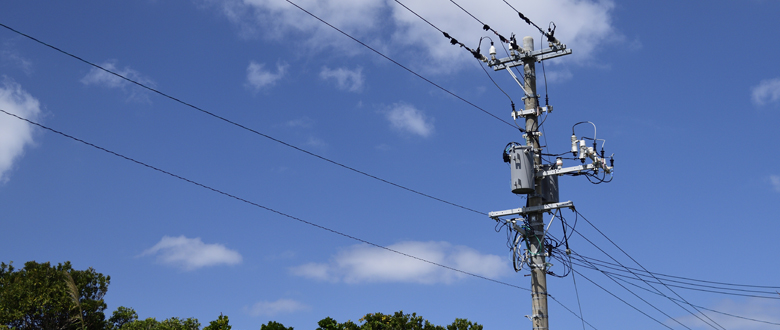 Print
Print
Consultation on the maximum tariffs that public authorities can charge for the communications operators’ access to public property
20.07.2018

ANCOM has launched for public consultation a draft decision on setting the maximum tariffs to be charged for the communications operators’ exercising the right of access on, over, in or under state owned public property. ”The maximum tariffs proposed by ANCOM for the installation of towers, masts, pillars or underground and aerial communications networks on public property were established based on a detailed calculation model and methodology. ANCOM found that, at the moment, the practice of public authorities is not unitary and in many cases excessive tariffs are charged. When setting such tariffs, public authorities, should primarily focus on the benefits that the communication networks bring to the community," said Sorin Grindeanu, president of ANCOM.
State of play
So far, 1,307 public administration authorities (local and county councils) have sent to ANCOM - in line with the provisions of the Infrastructure Law - documents on the conditions under which access to public property is exercised.
Analysis of the available documents has shown that tariffs and charging mechanisms differ from one locality to another, featuring sometimes major differences. For example, the annual tariffs for the installation of communications network equipment on the public property situated within city/village boundaries are between RON 3/m2 and RON 360/m2, while the monthly tariff for a public property pillar located in a commune ranges between RON 5 and RON 100.
Methodology for setting maximum tariffs
ANCOM established these tariffs according to its obligations and under the conditions provided by Law no. 159/2016 on the regime of physical infrastructure of electronic communications networks.
The tariffs for access on public property must be justified and proportionate to the degree of affecting the respective property, and must take into account the tangible and intangible benefits. Thus, the tariffs will cover only the compensation for the direct and certain damages caused by the works and by the existence and functioning of the electronic communications networks and of the associated infrastructure elements. Tariffs correspond to certain network and physical infrastructure elements to be installed on, above, in or under public property, taking into account the value of the use of the affected property, and observing the principles of transparency, objectivity and non-discrimination.
In determining the categories of direct and certain damage, ANCOM took into account a set of factors such as the degree of wear and tear of the building, the time periods required to carry out the works of installation, maintenance, replacement or relocation of electronic communications networks or of the supporting physical infrastructure elements, the time periods for which the placement is required, as well as the physical and functional characteristics of the equipment.
"We believe the proposed tariffs will encourage investment in the infrastructure required to provide broadband Internet access services, which will have a positive impact on economic development. Connectivity improves social cohesion, reduces the economic gap between urban and rural areas, and increases the quality of public services, especially in education, health or local administration," said Sorin Grindeanu.
Such outcomes are observable from a quantitative point of view in the statistics on the dynamics of gross domestic product, of net average income in economy, and on the trends of the active labour force in relation to the connectivity degree of the population.
The calculation methodology and the level of the tariffs were established by ANCOM with the support of the joint venture KPMG Advisory - KPMG Romania.
Public consultation
The draft decision on the maximum tariffs to be charged for exercising the right of access on, over, in or under public property is available for consultation – in Romanian – on ANCOM’s website here. The interested persons are invited to submit their comments and suggestions, by 20.08.2018, at the ANCOM headquarters (2 Delea Noua Street, Bucharest 3), directly to the ANCOM Registry Office or by means of the ANCOM regional divisions. Comments may also be sent by fax to +40 372 845 402 or by e-mail to consultare@ancom.org.ro.
